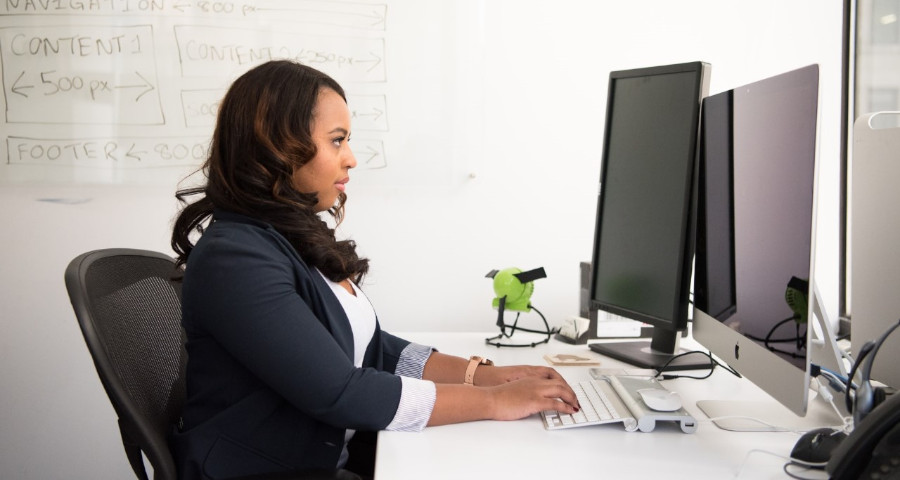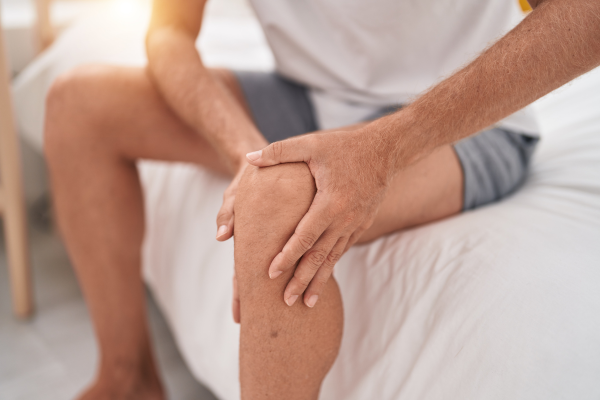Move aside ‘text neck’, a new condition called ‘laptop syndrome’ appears to have arisen out of lockdown. This is due to the Government’s advice asking many employees to work from home for the past six months. Millions of us have been sat hunched over our laptops either at the dining room or kitchen table.
‘Laptop syndrome’ is a condition that arises from spending hours stooped in unsuitable positions, leading to aches and pains. Over the past few months, we have noticed an increasing number of patients visiting us complaining of neck, shoulder, arm and lower back pain. This is due to sitting at poorly designed home workstations for too long. There has also been a huge increase in patients complaining of headaches and migraines. This increasingly sedentary lifestyle is beginning to have a major impact on our health and wellbeing.
Laptops are not designed to do an 8-10 hour working day. People are sitting for longer periods of time and not taking regular breaks. Firstly, they don’t have the distraction of work colleagues and secondly, they may be scared of losing their job!
For many, the usual daily commute has been shortened to a brief journey from their bedroom to the dining room. Unfortunately, this day in day out grind of sitting in this ‘C-shaped’ position is really taking its toll.
So, are you sitting comfortably?
Below is some helpful advice for those of you working from home:
- Think about your posture. You should be looking for a position where you can sit with your shoulders relaxed and hips, knees and ankles all at 90 degrees. If you can get your feet flat on the floor that’s great!
- If possible, try and raise your laptop up onto either a stand or even a pile of books. Ensure that the screen is at eye level, straight in front of you. You can then attach an external keyboard to the laptop so that your arms are still resting on the desk.
- Push your laptop/keyboard away from the edge of the table to allow space for your wrists and forearms to rest.
- You may feel that your kitchen set-up works well for you, but a word of warning. The worst possible position would be to sit on a barstool at a kitchen work surface. You’ll be hovering with your legs dangling and your arms resting uncomfortably.
It’s vital that you pay attention to any initial signs of aches and pains. If you’re getting pain in your body then that’s going to affect not only your work, but the other daily activities that you do. Your mental health and well-being will suffer too.

Preventative measures
Try regular gentle stretches for your neck and upper back. Even those of you lucky enough to have a perfect home work space can benefit from some exercise to prevent aches and strains.
Ensure you’ve got your B.B.C. – bum into the back of the chair with the chair as close to the desk as possible. This will help keep the natural shape of your spine.
Turn your head from left to right, look up and down at the ceiling, then drop your ear to shoulder followed by the other ear to shoulder. Backward shoulder rolling is another great exercise you can do.
Set the alarm on your phone for every 30-45 minutes to remind you to take a break.
Even though you’re working you don’t have to do it all sitting down! If you’re on the phone to one of your work colleagues get up from your chair to talk. If you need a break, move from sitting to standing as it’s a great way to keep yourself mobile.
And finally, make sure you take a proper lunch break. Weather permitting, take a walk outside to get some fresh air and exercise to help clear your mind.
If you’re struggling with aches and pains from working at home, or for further help or advice on improving your posture, please contact us and one of our practitioners will be happy to help.





